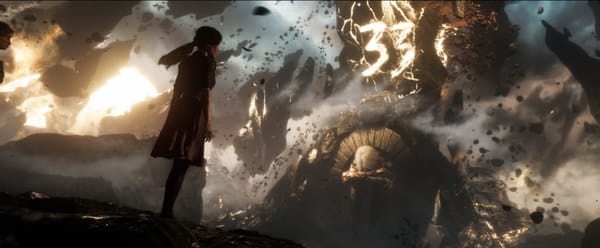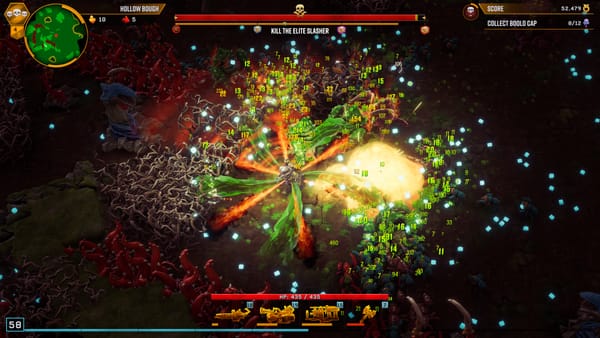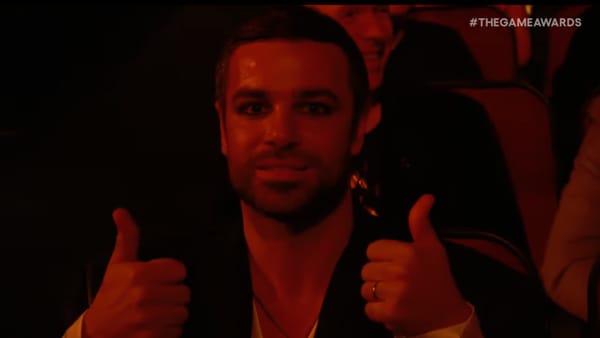#320: Sensory assault
Panning for gold in the relentless flood of not-E3 2025.
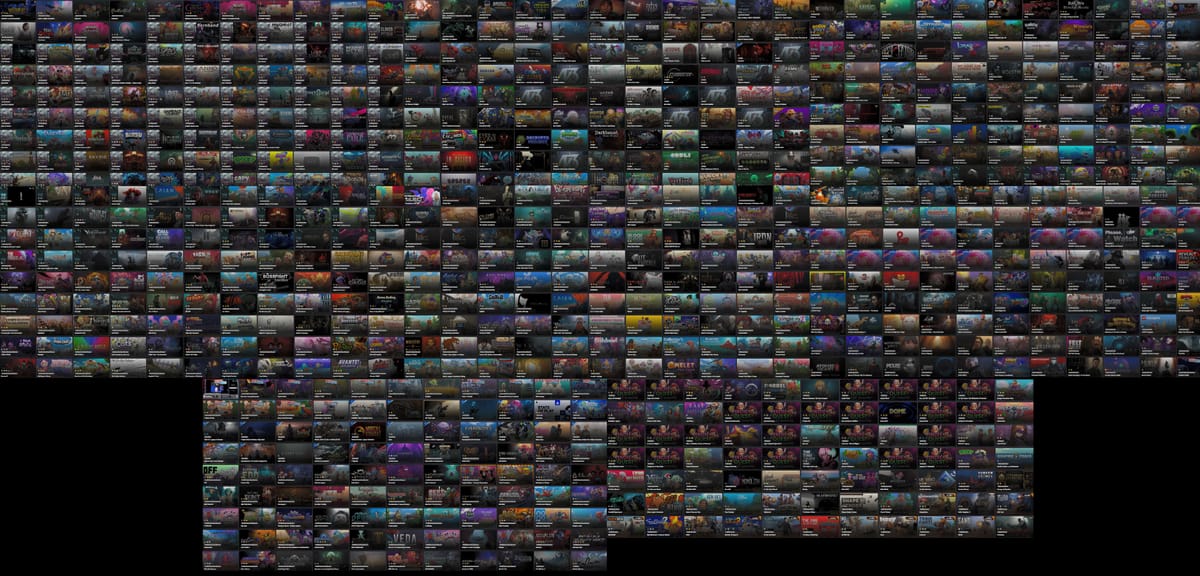
When I think of my E3 years, I think of the airports. I think of the Saturday mornings at Heathrow, of throngs of happy journalists with their 10am pints, hopped up on childlike excitement at the unknown joys to come. Then I think of Thursday nights at LAX. All of the same faces but absolutely none of the energy, their brains and bodies broken by five-day hangovers and the jetlag they never quite got over; by their 14-hour workdays soundtracked by awful music at nightclub volume, and 30,000 show-floor steps a day. Staring sullenly at their phones, wishing the return flight away, thinking maybe they wouldn’t be coming back the following year. (They always did, of course. I have the passport stamps to prove it.)
I may not get on a plane to LA these days, but the experience is remarkably similar. The signature innovation of the not-E3 era is that the hoi polloi now experience from their living rooms that same emotional and physical arc — the hype and anticipation steadily giving way to exhaustion and ennui — as those who were actually at the show back in the day. Even at E3’s peak, the physical limitations of the LA Convention Centre put a cap on the number of games on display. Was it 50? 100? I don’t know. I never counted, and never came close to seeing them all anyway. These days, with not-E3’s in-person component playing a distant second fiddle to online broadcasts, the sky is the limit. How many games have you allowed to be beamed into your eyeballs over the last seven days? According to the excellent tracking website GamesRecap, across all the showcases so far, the total number of games shown at not-E3 2025 is 770. How many of them could you name me right now, off the top of your head? Maybe a dozen? If you can somehow manage 20, you’re much better at this than me.
This seems pretty bad, really, but with my most sympathetic hat on I can see it is not entirely without merit. It at least makes clear that despite all the woe, all the layoffs and closures and cancellations, videogames continue to exist, and do so in staggering numbers. New IP has flourished, even at the blockbuster end of the scale — hardly what you’d expect from an industry in crisis, where hatches are typically battened down, and reliable old favourites called upon in a bid to save the day. And the sheer volume of games shown off speaks to not-E3’s greatest strength: a reclaiming of a little of the old centralised power. The show is no longer the sole preserve of the small number of companies with sufficient resources and profile to travel halfway across the world and spend ten million dollars on a big fancy booth. The week has, in its own slender way, been somewhat democratised in the not-E3 era, giving smaller games from less-fancied teams some much-needed time in the spotlight. That you might blink and miss them, or forget about them amidst the onslaught, does not change the fact that they were there. At least they got a chance.
That, Geoff Keighley would have you believe, was the whole point of this year’s instalment of Summer Game Fest, though it was hard to square away his opening pitch — about how the show could help solve the industry’s ever-worsening game-discovery crisis — with the fact that he charges participants an arm and a leg. As esteemed Hit Points chum Jon Hicks put it in his newly launched (and vg!) newsletter, “discovery has rarely been that difficult for people with that sort of marketing budget.” Indeed, indeed. I am not sure Simon Carless, head of the consulting agency GameDiscoverCo whose data was used in Keighley’s intro, is in the habit of suggesting his indie clients write Geoff a cheque for a quarter of a million dollars, but never mind.
Keighley’s schtick these days is to clumsily retrofit some sort of kumbaya-ish narrative onto the paid-for parade of games he is about to show off. Last year, it was all about the indies, baby. This year it was discovery, peppered with a bizarre, factually suspect and, given the recent discourse around Clair Obscur: Expedition 33, thoroughly ill-advised fixation on developer team sizes. As Hit Points has pointed out several years in a row now, it is not Geoff’s fault that he has slimmer pickings at his summer showcases than he does at The Game Awards in December. There is so much more competition at this time of year. But I do wish he would stop trying to pretend that the vast majority of the games he shows off are there for any other reason than that they were available and their cheques have cleared. This year’s show portrayed a game industry dominated by anime gacha games, Soulslikes and extraction nonsense, and while there’s a degree of truth to that it’s not exactly something to crow about. Does the man have no taste, or does he simply not care? Judging by his choice of footwear, it’s probably a bit of both.
Between the BDS movement’s calls for a consumer revolt over Microsoft’s complicity in the horrors of Gaza, its determination to stuff genAI into every corner of our lives, and the ICE-related civil unrest — started and escalated by an administration up to which Microsoft has happily cosied — kicking off down the road, the Xbox show was an even more challenging watch than usual. That it kicked off with the wacky anticapitalist satire of The Outer Worlds 2 made it all even harder to take seriously. Talk about mixed messages, sheesh. To be fair that’s sort of the Xbox MO these days, and Microsoft’s persistent inability to coherently build a narrative around the direction of the Xbox division ensured I was soon back on familiar ground.
In the absence of the usual big hitters (Forza, Gears and Halo are all coming next year, Phil Spencer assured us; it’s always next year with Xbox, remember) the Big Deal this time was the Rog Xbox Ally X. A handheld PC with an Xbox-esque interface, it will play far more nicely with competitor storefronts than the Steam Deck, thanks to the slimmed-down version of Windows under the device’s hood. It meant Microsoft went scurrying back to its old Play Anywhere branding, which used to mean that buying a game on Xbox also granted you the PC version, and vice versa, and now gives you the game on cloud and handheld too — but which is at best undermined, and at worst rendered absolutely meaningless, by Xbox’s multiplatform pivot. Just about every trailer’s endcard sported the logos of multiple rival platforms and storefronts to which, to be clear, the Play Anywhere label absolutely does not extend. Combined with the ongoing use of ‘play it day one with Game Pass’ — which these days only applies to the top-tier Ultimate subscription — it means that Microsoft is increasingly talking to us with its fingers crossed behind its back. This is marketing by asterisk, and it is surely fooling no one. (Nice to see Phil Spencer looking so well though, wasn’t it. Was worried about him for a while there.)
As the disappointments stacked up, the old ennui crept in, and I soon began to wonder if I was done with not-E3 for good. I’d certainly had my fill of the 2025 edition. I stopped trying to watch things live, or even as-live; I scrubbed through a few showcases, pausing only for things that caught my eye, feeling bad about the games I skipped past but feeling I had no other option. I looked for buzz around specific games on various social-media hellscapes. There’s still a bunch of stuff I’m not up to speed on, but at some point I guess I just ran out of steam. I turned off the TV and went to bed.
Still, as the dust begins to settle — as the morass of showcases move from my YouTube homepage to my History menu, and my various storefront wishlists begin to stabilise — I am not so downcast looking back on not-E3 2025 as I was while watching it. While I think those Xboxified Rog Allys (Allies? Can someone please send over the brand guidelines?) look absolutely vile, Microsoft’s work on a more handheld-friendly version of Windows, that cuts down on the cruft and clutter that plagues the desktop OS and apparently frees up 2GB of memory, is great news for the new wave of Deckalikes. Chums in LA tell me the in-person, hands-on components of the week were well-organised, and pleasingly busy. Away from the headline attractions, a suite of genre niches, and games made by or for marginalised groups, have had their time in the sun in a manner that the old-way E3 could never allow. My Steam wishlist is absolutely stacked, and I’ve got half a dozen Next Fest demos queued up for when I finish writing this. There was some good stuff here, in amongst the din, and I suppose that’s better than nothing — particularly since I no longer have to get on a plane to experience it. I am far too old and tired for all that.
